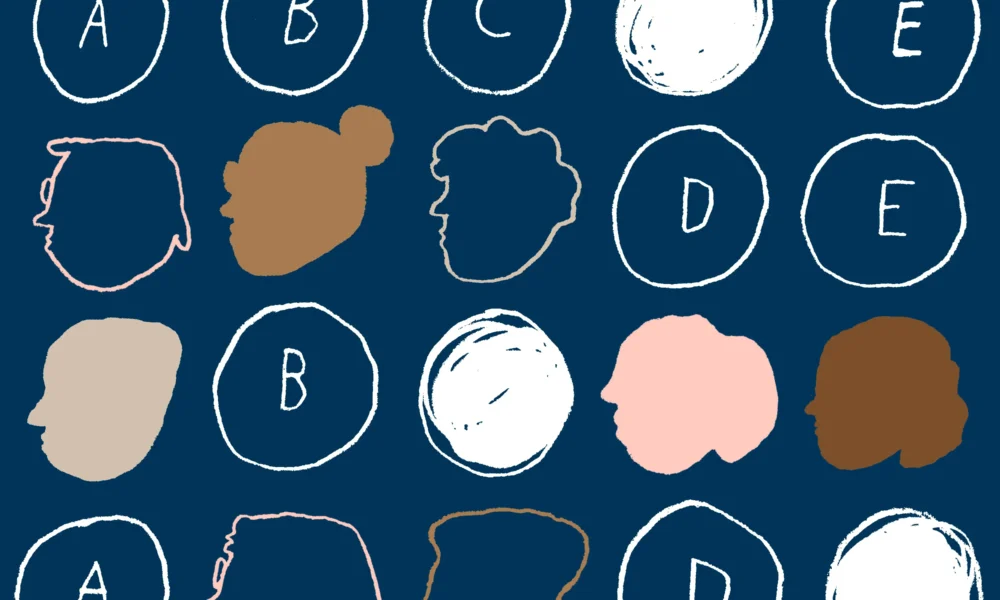As students near the end of their degrees, whether high school or university, many opt to continue their education. And for those whose dreams involve college in the United States, law school, or medical school, a terrifying barrier to entry stands in their way: Standardized tests. Despite being known for their difficulty, their most troubling characteristics are often overlooked, including their racist origins and the way they systematically impede marginalized people’s access to further education. A system conceived to benefit wealthy white men, standardized testing has continued to create additional barriers to entry for those who are already disadvantaged by the institutionalized racism present in most universities. The fight for equal access and opportunity to post-secondary education must include the removal of standardized testing from the process.
The precursor to most standardized tests was the Scholastic Aptitude Test (SAT), adapted from the Army Alpha—a test that was supposed to evaluate future cognitive abilities but, in reality, reinforced white male cultural biases. The College Board commissioned Carl Brigham, a noted white supremacist, anti-immigrant eugenicist, and segregationist, to create the SAT. His “research” claimed that African-Americans were on the “low-end” of a supposed racial, ethnic, and cultural hierarchy. Hence, the creation of standardized tests is inextricably tied to intellectual racism, separating different “intelligence levels” under the guise of science to falsely separate races. Standardized testing is a system created by and for white men: Knowledge that is common to white men given their life experiences and expected education levels is used as the baseline to test the intelligence and future potential of all students.
Today, standardized testing is mandatory to pursue many career paths. There is virtually no acknowledgement of the documented advantage that high-income white men continue to have on these types of examinations, whether it be the Law School Admissions Test (LSAT), the Graduate Management Admission Test (GMAT), the SAT, or the American College Test (ACT). These tests are “norm-based,” which, when the norms are biased toward majority groups, means they reflect the knowledge of white populations.
Another major issue with these tests is their financial barrier. Prep programs, which often exceed $1,000 per course, are much more accessible for wealthy families. For many lower-income families, where racial minorities are disproportionately represented, these resources are out of reach. Further, the LSAT costs $200 to take, a steep price that can discourage some participants from retaking the exam to achieve a higher score.
Otherwise, there are systemic factors in the tests that make it easier for certain people to excel. For example, according to the Law School Admissions Council’s own statistics, white people comprise the largest percentage of test takers and consistently have the mean highest LSAT scores, while African American and Puerto Rican test takers have the lowest. Some explanations offered for this include the percentage of higher-scoring populations in high-income schools and neighbourhoods, and the way that this knowledge base is considered the norm. Studies have also shown that by the age of 10, many Black students internalize racial biases, which often include negative academic stereotypes that can result in a paralyzing fear of underperformance in stressful testing environments. While the hours in the exam room with nothing but pencils and an extra sheet of lined paper are supposed to promote a fair environment, people of different backgrounds and circumstances experience those three hours in vastly different ways. Three hours of a gruelling test embodies the effects of three centuries of exclusionary testing. On top of racial inequalities, standardized tests assume perfect fluency in the English language, resulting in a major disadvantage toward those whose first languages are not English.
The inequalities that seep into standardized testing reflect those that minority populations face in their everyday lives and continue to act as barriers to upward mobility. Some schools have made changes to mitigate these, such as Northwestern University and Massachusetts School of Law, which no longer require LSAT scores for admissions. In Quebec, schools including McGill recognize the disadvantage to non-native English speakers and thus do not require MCAT or LSAT results for admissions. Schools must move away from this flawed system based on a single arbitrary test that does not accurately predict success in law school. Instead, they should start using holistic applications, equally considering grades, personal statements, work experience, and even extracurriculars. Just acknowledging these problems will not fix the racist and classist problems inherent to standardized testing. Since standardized tests were created to reinforce these differences, they must be removed from the admissions process.








